The interwar period of 1919 to 1939 in the realm of small arms has two distinct periods. The first half 1919-1929 was a time awash in WW 1 surplus. The Polish-Soviet War, the Freikorps action in the Baltic States were all fought with WW 1 weaponry.
The British and French Empires were enlarged by territory in Africa and worse, the Middle East. The British hoped to maintain control of the empire on the cheap using the Royal Air Force to cow the natives.
The one country in the 1920s that seemed to be innovating was Czechoslovakia. The Czech produced high quality Mauser rifles in the 1920s, most for the South American market. The ZB 26 light machine gun used 20 or 30 round detachable magazines, weighed 21.5 lbs, and an effective range of 1000 meters. It was deployed in 1928 and saw action in Manchuria, the Italian-Ethiopian War, and the Spanish Civil War. It provided the basis for the British Bren gun.
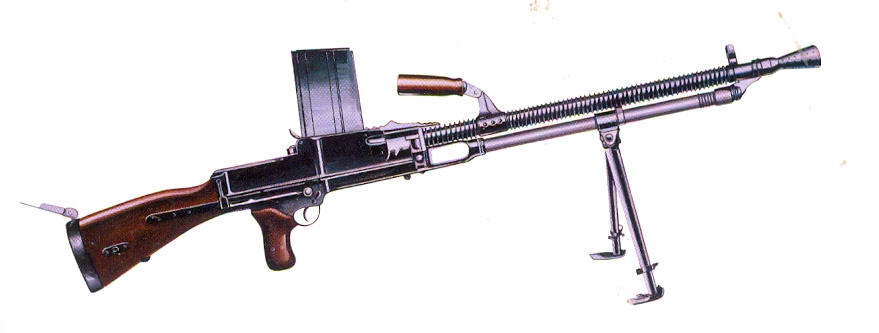
ZB-26
The Germans were not far behind. The MG-34 was designed by Heinrich Vollmer, tested in 1929, and introduced in 1934. It weighed 26.7 lbs and had a cyclic rate of fire of 800-900 rounds per minute.
The submachine gun started taking on new life in 1930. The Finns produced the KP/-31 submachine gun in 1931. It had the standard wooden stock but had a detachable round drum holding 71 rounds. This submachine gun also had a range of 300 meters, longer than any other submachine gun. The Soviets would copy elements of the Suomi and the German MP-28 to produce the PPD-34 starting in 1934.
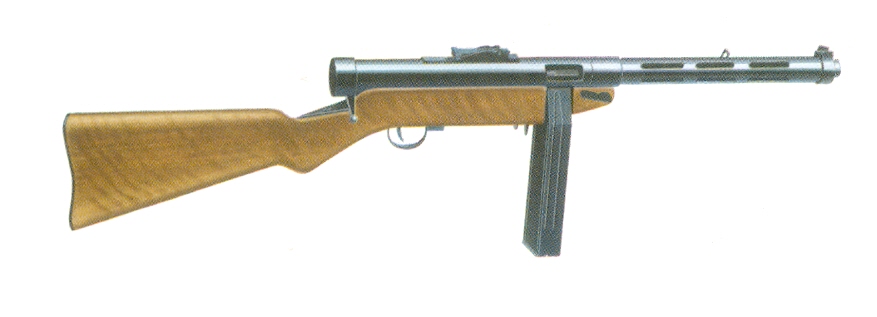
Suomi KP/-31
The submachine gun would be used in small quantities in the Chaco War fought between Bolivia and Paraguay 1932-1935. Small numbers of German MP-28s were used in the Spanish Civil War. The Spaniards even produced a copy of the MP-28 and their own (Labora Fontbernat M1-938) indigenous design. Submachine guns appear to have sparked interested but not deployed in enough numbers to effect victory or defeat on the battle field in the 1930s. The French and even the Hungarians designed submachine guns during the 1930s as war clouds formed.
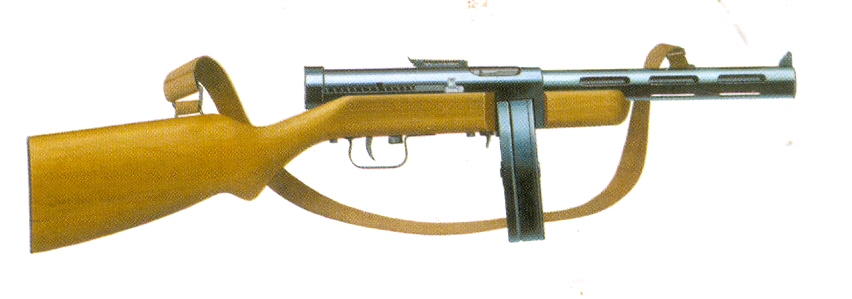
PPD 34
The Germans would make a leap with the submachine gun with the MP-38. It did away with the wooden rifle stock. It was the first submachinegun with a folding stock. It was all steel and plastic. This was a revolutionary gun.
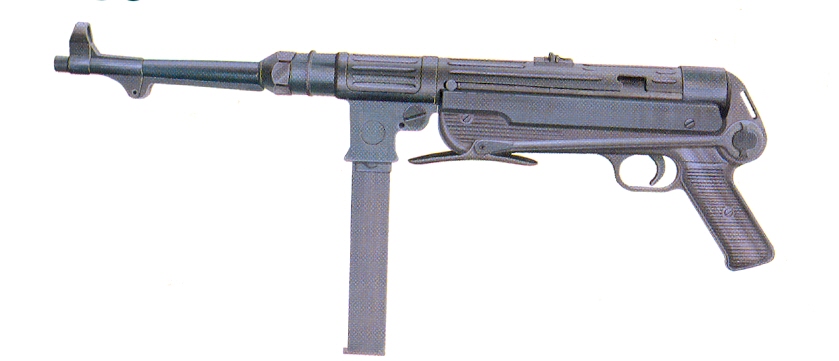
MP 38
The big area of disinterest was the semi-automatic rifle. The Czechs produced the ZH-29 rifle which has the honor of the first self-loading rifle to be used in service. It fired the 7.92 Mauser round. A Chinese warlord bought 150, the Ethiopians, and Thais all bought a few. The problem was cost per rifle. The Poles developed their own self-loading rifle, the Kbsp wz. 1938 M. Supposedly, only 150 rifles had been produced and never distributed when Germany invaded Poland in September 1939.

ZH-29
The Soviets produced the AVS 36

AVS 36
(Simonov) in 1936. The rifle was too complex and lacked strength. It fired the 7.62 x 54R cartridge. It would be replaced a few years.
The one success story for a self-loading rifle was in the United States. The U.S. Army had begun trials in the late 1920s for a replacement for the venerable Springfield ’03. Thompson, Pederson, Colt, Browning, Garand among others competed. The Pedersen T1 rifle using a 276 cartridge almost won. The Garand design won out in the end. Originally designed for the 7 x 51 mm cartridge, John Garand also worked on model that would take the .30-’06 cartridge. Gen. Douglas MacArthur was Army Chief of Staff approved the rifle in late 1935. The first rifles were delivered in 1937. There were some kinks to work out but about half of the U.S. Army had the M-1 Garand rifle by 1941.
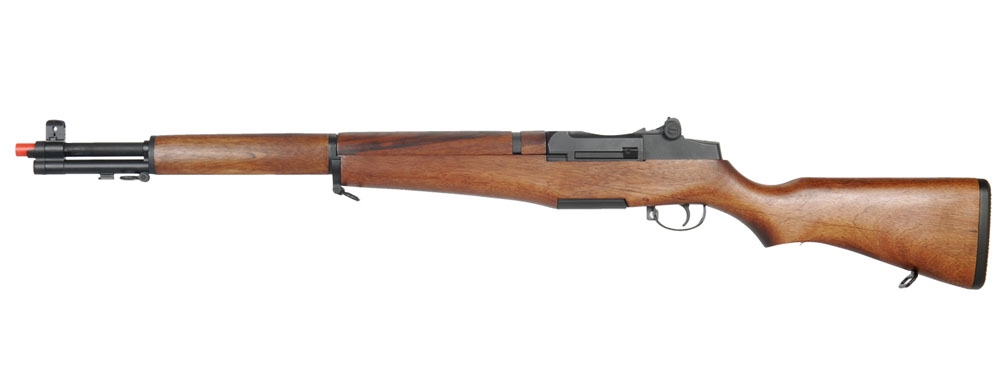
M-1 Garand
The biggest problem with self-loading rifle development was the insistence on using over powerful cartridges. A shorter, intermediate cartridge would have been ideal, but militaries were wedded to their 1890s ammunition.
The 1930s saw a final flowering of the bolt action rifle. They were on the way to being obsolete with the self-loading rifle on the horizon, but some beautiful and ugly rifles came out at this time. The Soviets would produce a Mosin-Nagant carbine in the late 1930s.
The Hungarians produced the Mannlicher Model 35. It was very much in the trend of producing shorter versions of pre-existing rifles.
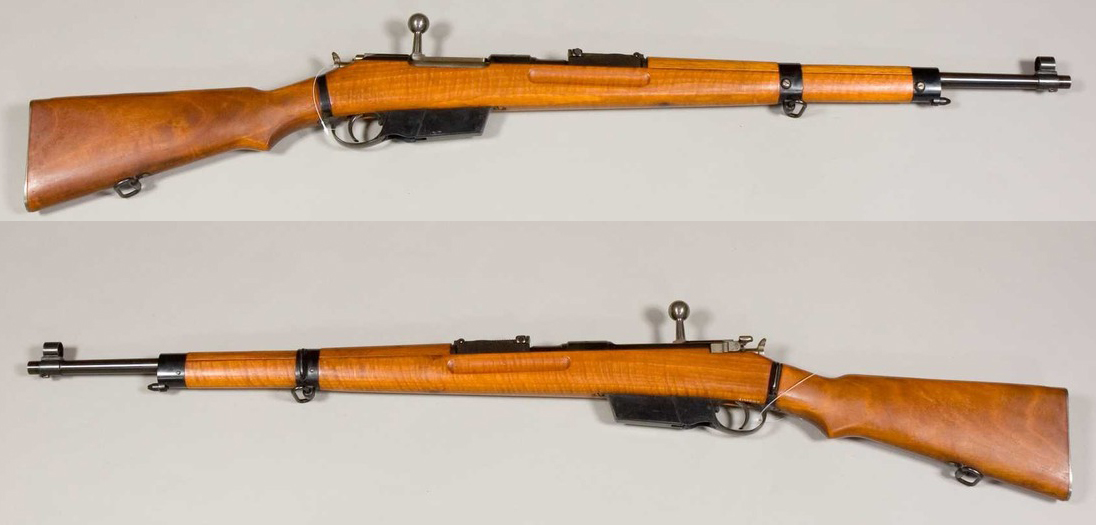
Hungarian M 35
The Italians and Japanese both used a 6.5 mm cartridge that lost power and penetration. The Italians opted to convert to a 7.35 mm cartridge. Unfortunately, Il Duce had spent lots of money on the war with Ethiopia and intervening in the Spanish Civil War. While some rifles of the new caliber were produced, those were given to rear-echelon troops. As John Gooch put it in Mussolini and His Generals:
“Fascism was a command economy in which only commands were plentiful.”
That Japanese found the plains of Manchuria and Inner Mongolia were not conducive to their 6.5 mm cartridge. They attempted a conversion to the 7.7 mm but like the Italians was incomplete. Fighting wars is not conducive to changing cartridges.
The most bizarre bolt action rifle was the French MAS 36. It was a clunky looking rifle that fired a 7.5 x 54 mm cartridge. It did weigh a little less at 8.33 lbs. Apparently it was reliable and accurate. John Weeks has this to say about the MAS 36 in World War II Small Arms:
“It was one of the ugliest rifles ever to be made, and one of the least satisfactory to use, for the designer was more interested in the factory foreman than in the firer.”
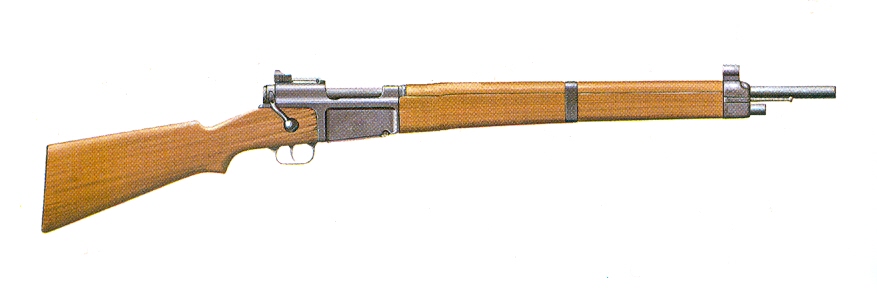
MAS 36
As it was, the MAS 36 was used in small numbers in 1940. Most French infantrymen still carried the now ancient Lebel.
The British would go to war with the same Lee-Enfield as used in the First World War. The Wehrmacht would use the Mauser carbine. The infantryman was far down the list on priorities.
I’d heard the MAS 36 was ugly but, yeesh.
Morgan,
Fascinating. There was a lot of semi automatic rifle development in the interwar years. Fedrov developed one as well using the Japanese 6,5 mm cartridge.
Yet as you point the general were still stuck with late 19th century marksmanship drills and they had a huge surplus of rifles and ammo from the war. It was just too expensive to replace.
Fun trivia:the Israelis used the Czech Mauser in 1948
Any reports how the Czech ZH fared in combat?
xavier